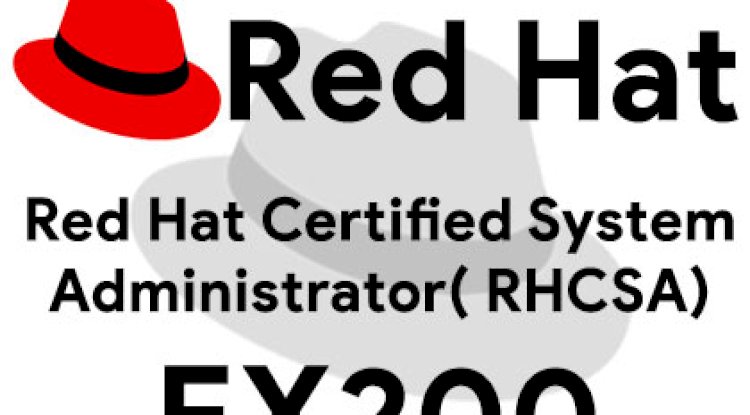Ultimate Laptop Guide for Cybersecurity Students | Choose the Best Machine for Hacking, Analysis, and Defense
Laptop for cybersecurity students, best laptop for ethical hacking 2025, cybersecurity laptop requirements, student cybersecurity hardware, laptop specs for penetration testing, Kali Linux laptop, network security laptop, 2025 cybersecurity gear, affordable laptops for cybersecurity, top laptops for students in cybersecurity

Table of Contents
- Introduction
- Why Your Laptop Matters in Cybersecurity
- Recommended Specifications for Cybersecurity Laptops in 2025
- Operating Systems: Windows, Linux, or Both?
- Top 5 Laptops for Cybersecurity Students in 2025
- Budget vs. Performance: What Should You Focus On?
- Cybersecurity Tools That Need Good Hardware
- Tips for Securing and Optimizing Your Laptop
- Conclusion
Introduction
As a cybersecurity student in 2025, your laptop isn’t just for note-taking and attending classes—it’s your personal cybersecurity lab. From penetration testing to malware analysis, your device should be powerful enough to run virtual machines, handle heavy tools like Burp Suite, Wireshark, Metasploit, and simulate real-world hacking environments. In this blog, we’ll break down the ideal specifications, best laptop options, and essential features to help you make the right choice.
Why Your Laptop Matters in Cybersecurity
Cybersecurity is hands-on. To learn effectively, you’ll be using tools that mimic real attack and defense scenarios. These require a significant amount of processing power, memory, and storage. Unlike other disciplines, a simple or budget laptop often can't keep up with the multitasking and VM-based labs students in this field use daily.
Example scenario: Running Kali Linux in VirtualBox while performing a web application penetration test using Burp Suite and capturing packets with Wireshark. All of this demands at least 16 GB RAM and a decent processor. An underpowered laptop will lag, crash, or become unusable.
Recommended Specifications for Cybersecurity Laptops in 2025
| Component | Minimum Requirement | Recommended for 2025 |
|---|---|---|
| CPU | Intel i5 (10th Gen) / Ryzen 5 | Intel i7 (12th Gen+) / Ryzen 7 or higher |
| RAM | 8 GB | 16 GB or 32 GB |
| Storage | 256 GB SSD | 512 GB – 1 TB SSD (NVMe preferred) |
| Graphics | Integrated GPU | Dedicated GPU (NVIDIA GTX/RTX) for cracking tools |
| Display | 13" Full HD | 15.6" Full HD or 4K with anti-glare |
| Battery | 4–5 hours | 6–10 hours |
| Ports | USB 3.0, HDMI, Ethernet | USB-C, Ethernet, multiple USB-A ports, SD reader |
| Build | Plastic chassis | Lightweight, durable aluminum or carbon-fiber body |
Operating Systems: Windows, Linux, or Both?
Cybersecurity relies heavily on Linux-based environments like Kali Linux and Parrot OS. However, many enterprise tools are still Windows-only. Therefore, flexibility is key.
Options:
-
Dual Boot: Windows + Kali Linux/Parrot OS
-
Windows + WSL2 (Windows Subsystem for Linux 2): Good for beginner-friendly access to Linux tools
-
Linux-only: For users who want full performance and no Windows dependency
-
Virtual Machines: Run multiple OS environments within a virtual setup like VirtualBox or VMware
Top 5 Laptops for Cybersecurity Students in 2025
1. Lenovo Legion 5 Pro
-
Ryzen 7, 16 GB RAM, 512 GB SSD, RTX 3060
-
Ideal for running multiple VMs and GPU-heavy tools like Hashcat
2. Dell XPS 15
-
Intel i7, 32 GB RAM, 1 TB SSD, integrated Intel Iris/XE graphics
-
Great for professionals and students who need performance and portability
3. Framework Laptop
-
Fully customizable, Linux-friendly, modular parts
-
Perfect for privacy-focused students and open-source enthusiasts
4. Acer Predator Helios Neo 16
-
Intel i7, RTX 4050 GPU, 16 GB RAM, 1 TB SSD
-
A powerful, affordable gaming-class laptop that doubles as a security lab
5. HP Envy x360
-
AMD Ryzen 5, 16 GB RAM, 512 GB SSD
-
A solid choice for budget-conscious students with decent multitasking support
Budget vs. Performance: What Should You Focus On?
Every student has a budget, but when choosing a laptop for cybersecurity, try not to compromise on RAM and SSD.
-
On a budget? Prioritize 16 GB RAM and SSD storage over fancy screens or high-end GPUs.
-
Higher budget? Go for a laptop with a dedicated GPU to speed up password cracking and run complex VMs smoothly.
Suggested Range:
-
₹55,000 to ₹75,000: Great entry-level options for beginners
-
₹75,000 to ₹1,10,000: Mid-range with better build, GPU, and multitasking
-
₹1,10,000 and above: Premium performance, future-proof setup
Cybersecurity Tools That Need Good Hardware
Here’s a quick list of tools that students frequently use—and why they need strong specs:
| Tool | Why It’s Heavy on Resources |
|---|---|
| Kali Linux / Parrot OS | Runs best with dedicated RAM & CPU |
| Metasploit | Runs local servers, scripts, and VMs |
| Wireshark | Handles massive packet captures |
| Hashcat / John | GPU-intensive password cracking |
| Burp Suite Pro | Needs RAM & CPU for proxying and scanning |
| VMware / VirtualBox | Each VM needs isolated RAM & CPU |
Tips for Securing and Optimizing Your Laptop
-
Encrypt your storage (use BitLocker or LUKS)
-
Use a BIOS/UEFI password
-
Install a good antivirus/endpoint solution
-
Back up regularly
-
Use external drives for storing large VM files
-
Use virtualization responsibly (allocate enough RAM/CPU)
Conclusion
The right laptop can make or break your learning experience in cybersecurity. As threats become more complex and labs become more intensive, students in 2025 must choose machines that match their educational and practical goals. Whether you’re studying for CEH, OSCP, or just getting started with Wireshark, investing in a laptop that supports your cybersecurity ambitions is the smartest first move.
Choose wisely—because in the world of cybersecurity, your laptop is your battlefield.












![Top 10 Ethical Hackers in the World [2025]](https://www.webasha.com/blog/uploads/images/202408/image_100x75_66c2f983c207b.webp)

![[2025] Top 100+ VAPT Interview Questions and Answers](https://www.webasha.com/blog/uploads/images/image_100x75_6512b1e4b64f7.jpg)









